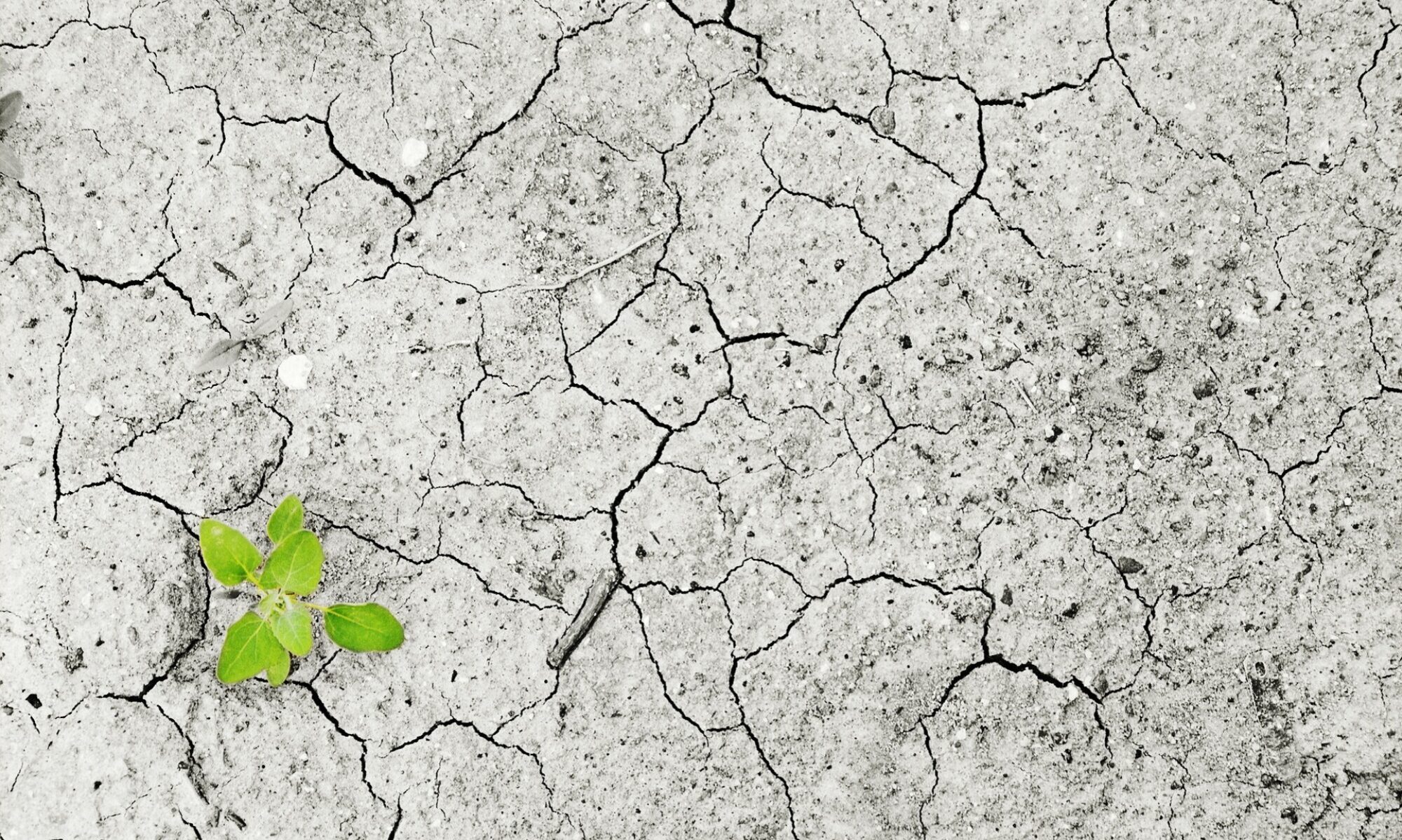20 May 2021 – by Ben St. Laurent
A landmark case brought by six young Portuguese citizens in November 2020 against 33 signatory states to the 2015 Paris Agreement continues to gain momentum at the European Court of Human Rights (ECHR). In early May, the European Commissioner for Human Rights and a number of NGOs filed third party interventions to the Court in support of the applicants’ claim. Duarte Agostinho and Others v. Portugal and Others centers on the alleged violation of the applicants’ right to life (article 2) and right to respect for private and family life (article 8) as well as the prohibition of discrimination (article 14) due to the disproportional effects of climate change on younger generations. Due to the urgency of addressing climate change, the applicants won a legal battle confirming the court’s decision to fast-track the case.
The ECHR has constructed a notable body of case law which acknowledges the direct impact of certain environmental issues on human rights, and requires states to mitigate resulting violations of these rights. The ‘environmental admissibility criteria’ for the ECHR, established in Fadeyeva v Russia (2005), stipulates that interference on an applicant’s private life must be concrete and severe, a requirement which the applicants have already satisfied.
There is scientific and governmental consensus that climate change impacts human life, but a state’s legal obligation to mitigate the risk has yet to be established by the Court. By demonstrating causation between the defendant states’ greenhouse gas emissions and global warming induced heatwaves, the Duarte Agostinho case could set a new precedent for a state’s legal obligations to mitigate the effects of climate change. The third party interventions provide the Court with evidence linking national inaction on climate change to ensuing negative impacts on the applicant’s health and human rights.
The group of NGOs that recently filed supportive third party interventions includes Amnesty International, Climate Action Network (CAN) Europe, Germanwatch, Notre Affaire à Tous, and 2Celsius. These organisations have provided evidence supporting the claim that current national contributions will not reduce emissions to a level that will prevent global temperatures from rising above 2°C, in accordance with commitments of the Paris Agreement. According to Wendel Trio, Director of CAN Europe, “Current efforts by our governments to reduce greenhouse gas emissions are highly insufficient as the world is still heading for a temperature rise around 2.5°C, alarmingly above the objectives of the Paris Agreement.” The court should appreciate the expert knowledge on this subject as it waits for government defenses which are due by May 27th.


